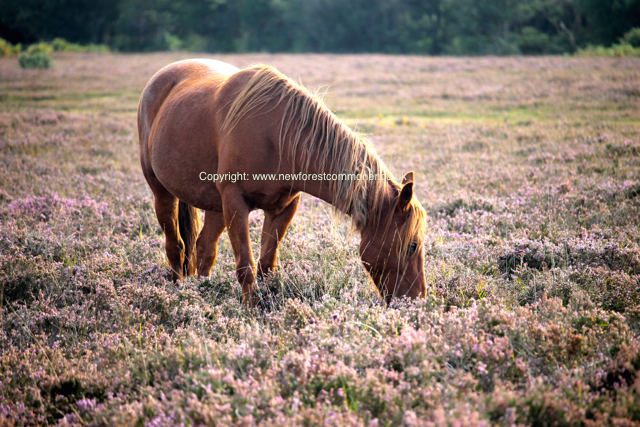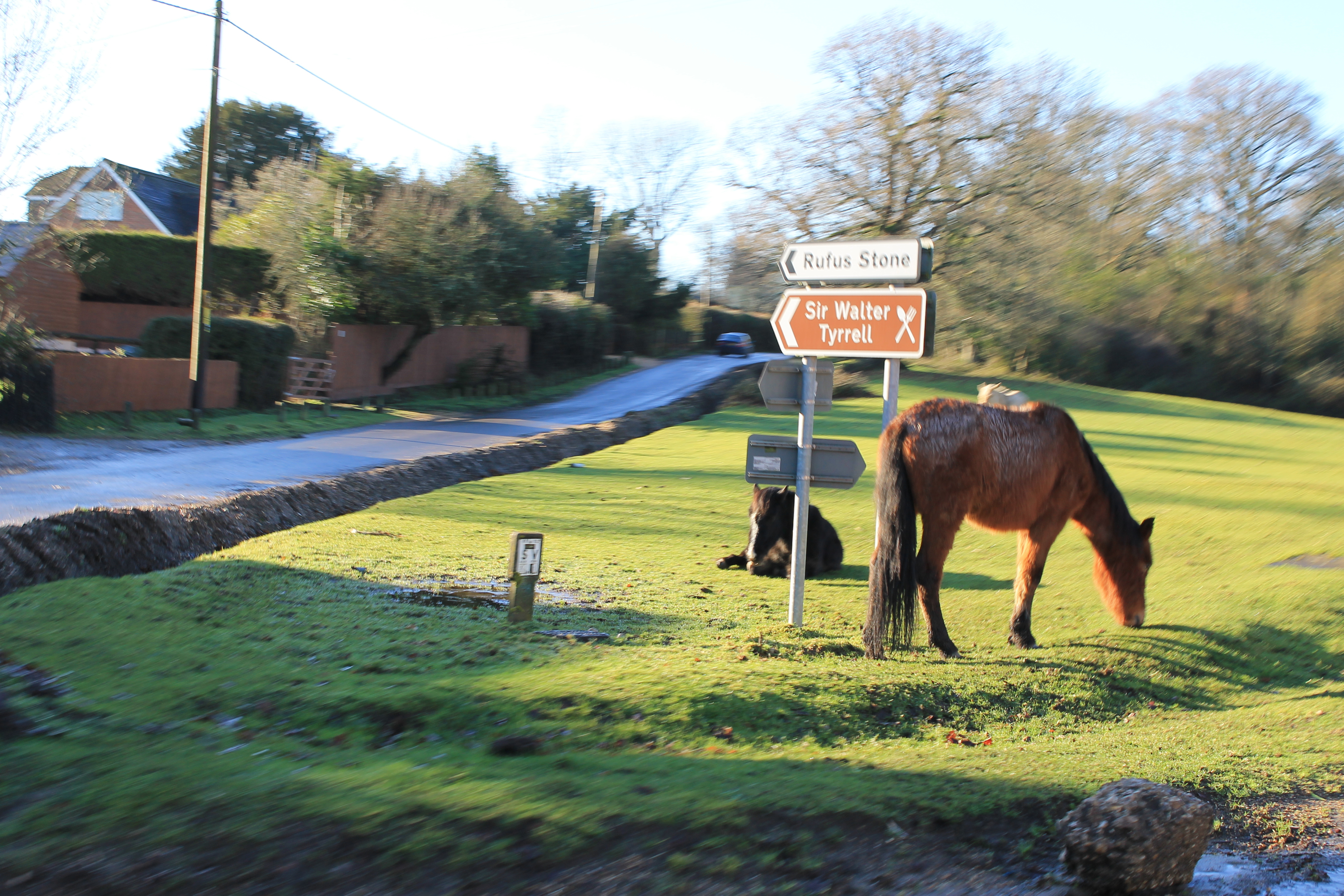
For me, the New Forest is the only place to be come rain or shine, winter or summer.
For me the natural world is a place of wonder and exploration. Being in the New Forest no matter what time of day, what time of year or in what kind of weather is such a fulfilling experience. The sound of the lapwing and the lark, the smell of coconut from the gorse, the sight of foals in spring and the heather in the autumn are just some of the things I look forward to enjoying each year. I listen to the commoners who have lived their whole lives on the Forest and find myself envious of their experiences and accumulated knowledge. I never tire of the anecdotes they tell, the gossip they repeat and the wisdom they impart. Their connection to the landscape and to each other is remarkable and in some cases I can clearly see that it is possible for memories to be genetically passed between the generations.[1] Indeed, it is true to say that some scientific studies in the New Forest have only confirmed what has been in the knowledge or opinion of commoners for generations, and that other studies have ‘missed or under-recorded’ elements that are obvious to those familiar with the Forest.[2] Even for me, during the past few years, my knowledge has grown and I now know when to expect the first cuckoo call of the year, how to identify animal tracks, the significance of cotton grass growing in the valleys, and the feel of woodfidley rain. My commoning friends would have learnt all these things in childhood.
Visitors and the tourism trade
Visitors have often relied upon the commoner’s intimate knowledge of the New Forest and its flora and fauna. The commoner’s in their turn have exploited this reliance to their advantage. In times past, for example, it was necessary to hire local people to act as guides when travelling from one part of the Forest to another. During the Victorian period there was a rise in demand for tourism, which was serviced by the increasing network of railway lines that brought people from the cities into the countryside. As the holiday trade grew some commoners were able to earn an additional income by leasing out their ponies to day-trippers or escorting tourists to popular destinations, such as the Rufus Stone. Visitors would also have been treated to stories of Forest life, folklore and episodes from its history, no doubt some of it liberally mixed with tall-tales. Today tourism in the New Forest is one of the biggest contributors to the local economy. Modern technology has largely replaced the larger than life characters who often impressed visitors with their knowledge of its history and wildlife. Satnav and smart phone applications too have also improved the quality of directions from place to place. The grandfather of a commoning friend of mine, when asked for directions by visitors used to say, “well, I wouldn’t start from here if I were you”. At least Satnav doesn’t do that!

Modern technology, and other devices, help visitors to navigate the New Forest.
[1] James Gallagher, ‘Memories Pass Between Generations’, BBC News – Health, 1st December 2013, http://www.bbc.co.uk/news/health-25156510, [accessed 18 June 2016].
[2] Colin Tubbs, The New Forest, History, Ecology, & Conservation (Lyndhurst, 2001), p. 136.


You must be logged in to post a comment.